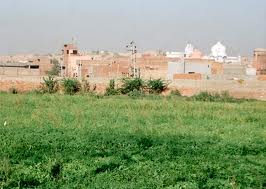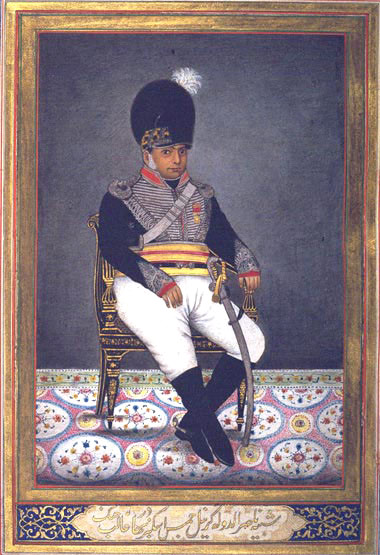The archaeological site of Banawali represents a profound window into the sophisticated urban landscape of the Indus Valley Civilization, nestled in the Fatehabad district of Haryana, India. Located on the mythical banks of the dried Saraswati River, this settlement embodies a remarkable testament to the architectural and social complexity of an ancient civilization that flourished between 2500 and 1700 BCE.
Excavated by R.S. Bisht in 1974, Banawali unveils a meticulously planned fortified town that transcends simple archaeological curiosity. The site's strategic layout reveals a nuanced understanding of urban design, with streets carefully oriented along north-south and east-west axes, demonstrating an advanced civic infrastructure that challenges contemporary perceptions of ancient urban planning.
The architectural sophistication of Banawali is evident in its construction techniques and spatial organization. Houses were constructed using kiln-fired bricks, featuring rammed earth floors and mud-plastered walls. Storage facilities within residences and a distinctive staircase connecting the lower town to the Acropolis area highlight the residents' pragmatic yet advanced building methodologies. The 4.5-meter-high defensive wall, spanning 6 meters in thickness, underscores the community's engineering prowess and strategic considerations.
Culturally, Banawali offers insights into the socio-economic stratification of the Harappan civilization. The site's layout reveals distinct areas for ruling classes and common inhabitants, suggesting a structured social hierarchy. Archaeological finds like seals, intricate weights, gold beads, and exotic materials such as lapis lazuli and carnelian point to a complex mercantile and craft-based economic system that extended far beyond local boundaries.
The site's ceramic artifacts provide another fascinating narrative layer. Pottery from different periods—particularly the Pre-Harappan and Mature Harappan phases—showcases evolving artistic and functional designs. The ceramics, with their nuanced motifs and craftsmanship, reflect not just technological advancement but also the aesthetic sensibilities of a sophisticated civilization.
Ritualistic elements discovered at Banawali add depth to our understanding of Harappan spiritual practices. Fire altars and uniquely designed apsidal structures, potentially serving as temples, suggest a rich ceremonial life. These archaeological remnants hint at complex religious traditions that went beyond mere survival, indicating a civilization deeply invested in spiritual and communal experiences.
The broader historical context of Banawali is intrinsically linked to the legendary Saraswati River, a watercourse steeped in mythological significance. While now dried, this river was once considered a cradle of Vedic civilization, potentially witnessing the composition of significant scriptural texts. Banawali's location along this historic riverine system connects it to a broader narrative of cultural and intellectual evolution in ancient India.
Modern archaeological preservation efforts by the Archaeological Survey of India continue to unravel Banawali's mysteries. Though less prominently known compared to other Indus Valley sites, its scholarly significance remains profound. The site stands as a testament to a civilization that achieved remarkable urban sophistication, challenging linear narratives of human technological and social development.



